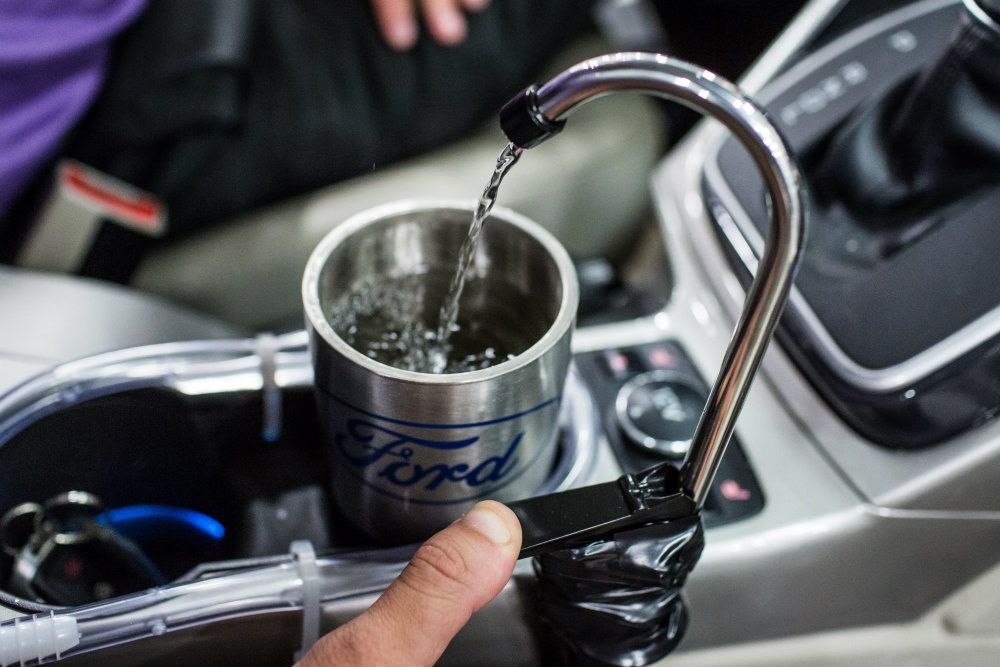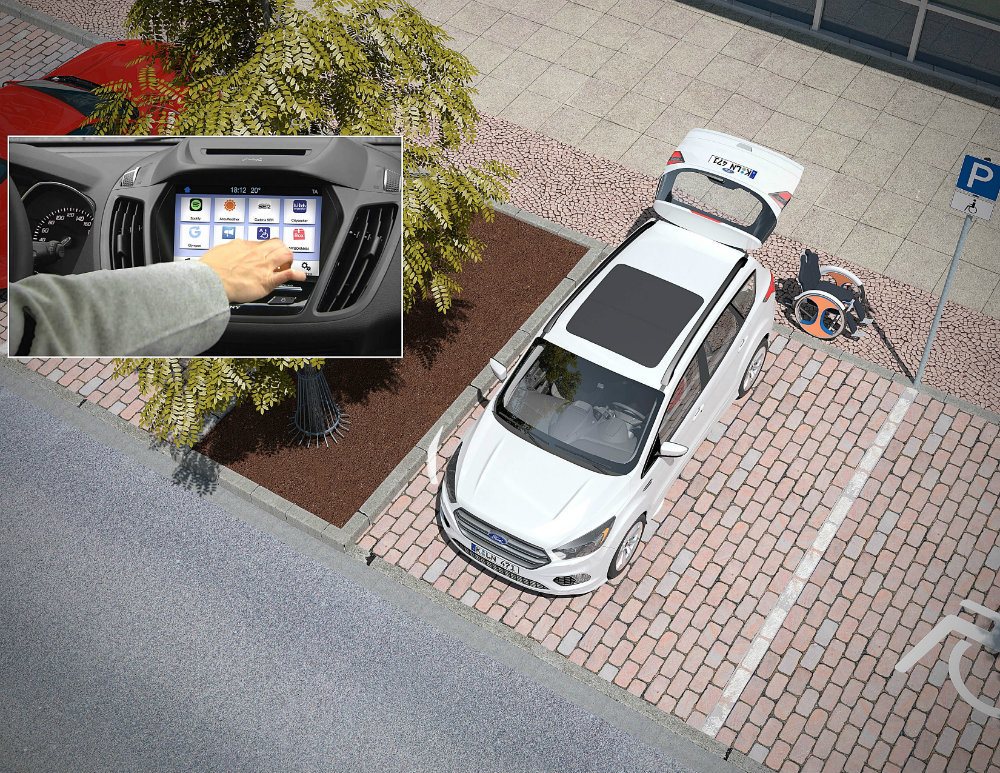Ford Motor Company employees have had a bang-up year of innovation, filing for approximately 1,500 U.S. patents so far in 2016. The filings mark a 25 percent increase over 2015, but perhaps more importantly, Ford has submitted more patent applications in 2016 than any other year in their 113-year history.
“Our employees are delivering exciting new technologies for our customers at record levels,” said Raj Nair, Executive Vice President, Product Development/Chief Technical Officer, Ford Motor Company.
Record Numbers
This trend is not just in the United States either. Worldwide, Ford employees drummed up 8,000 new inventions this year, marking a 40 percent increase over 2015 and a whopping 90 percent jump over 2014. In addition, Ford was granted 1,700 additional patents in other countries, bringing the total to more than 3,200 patents worldwide for 2016.
Through early December, more than 5,500 Ford employees have submitted invention disclosures. Interesting enough, more than 2,200 of them are first time inventors. This year alone, more than 4,000 first time inventors at Ford have submitted applications.
One of the patents is for an autonomous vehicle drone to increase safety. When activated, the drone deploys from the vehicle and scans the area beyond what the vehicle’s sensors can detect. The drone can be controlled through the infotainment and navigation screens. Tony Lockwood, Ford Manager, Virtual Driver System, Autonomous Vehicle Development, was granted a patent for the idea along with coworker Joe Stanek.
“Ultimately, customers benefit as we open ourselves to new ideas and advance mobility using emerging technologies,” Lockwood said.

Improving Mobility
Although autonomous driving is a sure breeding ground for innovation, not every Ford patent filed this year deals with driverless cars. Many of Ford’s recent innovations focus on improving mobility. Carr-E, for example, is an electric personal transport device developed by Killian Vas, a systems engineer in Germany. Carr-E can accommodate packages and other heavy objects along with the rider.
The Ford eChair is meant to make things easier for those with disabilities. Ford engineers Gunther Cuypers, Robin Celis, and David Longin from the Lommel proving grounds in Belgium developed the lightweight electric wheelchair.
The device self-loads, then stows itself into a vehicle.
Ford engineers Doug Martin and John Rollinger developed On-the-Go H2O, just in case you get thirsty on your commute. The system collects vehicle condensation, then filters and pumps the fluid into a faucet inside the car. If you have a water bottle handy while driving, you can fill it up and have fresh drinking water.
“We are living the innovation mindset in all parts of our business across the globe,” Nair said.

Collaboration Centers
In order to encourage the exchange of ideas, Ford partnered with TechShop to open TechShop Detroit, a 33,000-square-foot workshop in Allen Park, Michigan. Backyard tinkerers and engineers alike can develop ideas and build prototypes using the facility’s tools, equipment, and computers. Ford recently launched something similar in Nanjing, China. Employees there now have a dedicated area to brainstorm and develop prototypes using 3D printers.
“As an auto and mobility company, this is an exciting time, and our employees are aggressively advancing emerging technologies and increasing our mobility patents at record levels,” Nair said.
Carl Anthony is Managing Editor of Automoblog and resides in Detroit, Michigan.


